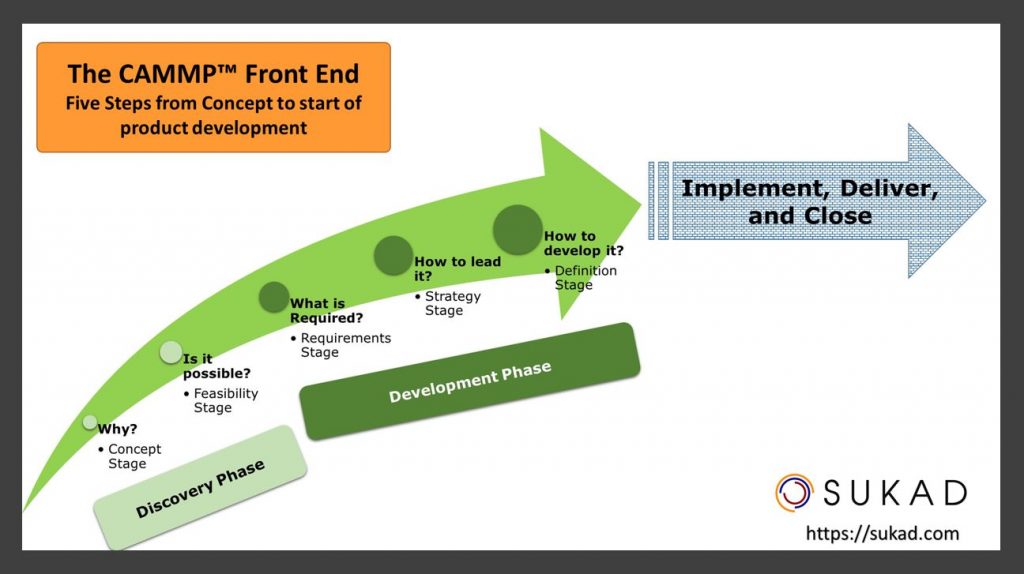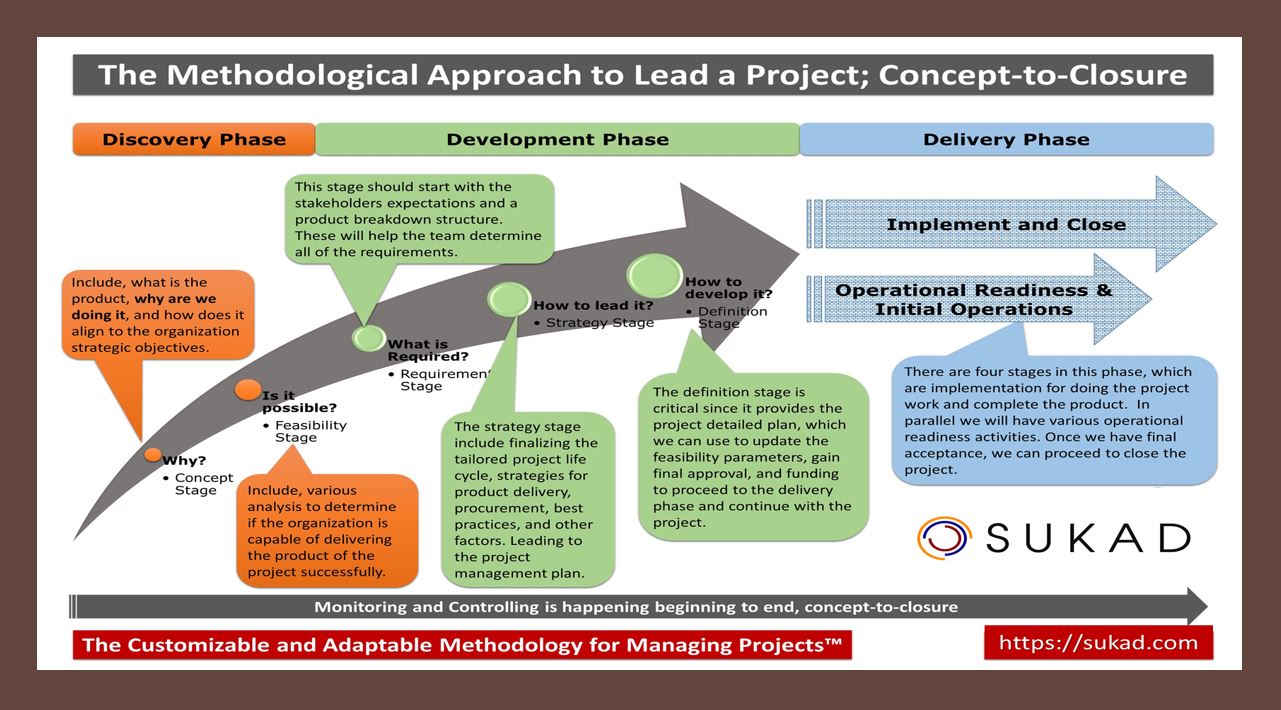We continue to write about project management and our focus on Applied Project Management. Therefore, it is necessary to continue to write about Agile since it is a hot topic in business and the project management community today. The challenge is NOT with Agile Development, and we have stated enough time, we do not have any issues with the concepts of Agile Development. Our issue, and we often challenge, is the notion of phrases like “Agile Project” and “Agile Project Management.” Here is why we struggle with these terms.
The vital background
Before we explore the topic at hand today, we need to set the scene and establish the right context. We believe the root cause of the confusion on Agile and what is often causing a hype is the following: we have different views on the definition of a project. Do we see projects from the perspective of a project owner or a service provider? Further, for project owners, do we view the project from the perspective of the business and implementations, i.e., typically IT? Is the project end to end or only a phase?
Consequently, if we have different views on what a project is, then it is natural that we do not have a standard definition of what a project management methodology.
Are there IT, Marketing, or Construction Projects?
In line with our views on projects and the definition of what is a project, what would be an agile project?
We often see there are no IT projects or construction projects. We have business projects with IT, construction, marketing, or XYZ components. In other words, for a project owner, a project has to deliver value, which they can accomplish by launching a website, developing an employee tax application, or building a social club for employees. Therefore, for convenience, we typically say we have a Marketing Project or a Software Development project. However, keep in mind that we do not build software because we like (as owner) we make software to serve the business.
How do we define an Agile Project?
With the above perspective, what is an Agile Project, it is a project, like any other project that would use the Business Agility mindset. Alternatively, it could be using Agile Development concepts, such as iterative or incremental development. Therefore, just because we use agility or agile development, we do not believe it is proper to use the agile label.
Let me elaborate. We use business management concepts on projects, but we do not use the label “management” to define the project. A good project manager can benefit from using leadership skills and a servant leader mindset, but we do not call it a leadership project. Therefore, a mindset, skill, or technique that we use on projects should not be what label the project.
How do we define a project management methodology?
How do we define a project? The previous paragraphs provided a few points, but for more detail, please refer to the previous article.
How do we define a project management methodology? We answered this question in the last post, as well.
Project Owner Perspective
In line with what we are posting in this article and the last one, we emphasize the following. From a project owner perspective, we view projects as an end-to-end approach. An approach that follows a project life cycle model from concept to closure. We have posted many articles on CAMMP as a project management methodological approach, so no need to repeat. However, it would be useful to summarize.

Notice that this image does not show the CAMMP Standard model in the traditional way that we have shown in the past. What we are trying to show in this image is that a typical project life cycle has two major sections, the Front End and (No back end) Product Development. In this context, product development could include other things which you will see later. Some practitioners like to say there is a third major part, which is Operations. However, we consider operations as operations, i.e., outside the project life cycle, since it is part of the Product Life Cycle.
A reflection on the previous image
Notice that the front end have five stages per the standard model.
Why is this relevant to the topic of this article?
In discussion with a colleague yesterday and how Agile Transformation in their organization failed, so they came up with a different label now. A quick search on Google, one will get numerous articles about failures of agile transformations. Why is that happening? Because we are trying to force a square peg into a circular space. What does that mean, we are trying to push Agile Development and make it Agile Project Management. I will come back to this point later – let me keep the focus on the real world.
In organizations today, some or many, we might not hear the term project or assign a PM until the project reach IT. The IT department will treat the work as a project and may appoint a project lead or a project manager. However, if we want to be academic about it – this position is about managing the project — the whole project. It is about managing the development work. In other words, the project starts after the fifth step in the previous image. The failure of organizations to see projects an integral part of asset management is leading them to think Agile Project and the need for Agile Transformation. However, as long as these organizations would be trying to force Agile and Agile Development into the definition of a Project Management Methodology, transformation projects will continue to fail.
The CAMMP Front-End
This next image is an elaborated version of the previous one.

The following is a reminder of what we covered earlier. In many situations, a project in organizations does not exist until it reaches the delivery phase, implementation, or in the IT world, development. This stage is what we also know as Development Phase in software or product development project. Therefore, this is the stage where we can use Agile Development. In other words, most, if not all, of the front end is lost or done informally by the business unit that is requesting the project. Unfortunately, even references like the PMBOK Guide consider part of that work as a “pre-project,” which we think is a mistake.
Closing Remarks
This article reinforces our views that the root cause of confusion or misuse of the term Agile Project and Agile Project Management is that we do not have a standard definition of “project” and “project management methodology. Our call is for organizations to start considering projects as an integral part of asset management. Consequently, organizations should adopt a full project life cycle model, with the critical front end. We have tried to simplify the front end via a five steps approach. The first five steps are often similar for many projects and regardless of the development approach. When the team approaches the product development phase (what we call the implementation stage), they can finalize their decision on the use of B2 or I2. Ultimately, since we do not see Agile Development outside the development work, we say, there is NO Agile Project Management.
B2 = Big Bang; I2 = Iterative/Incremental
